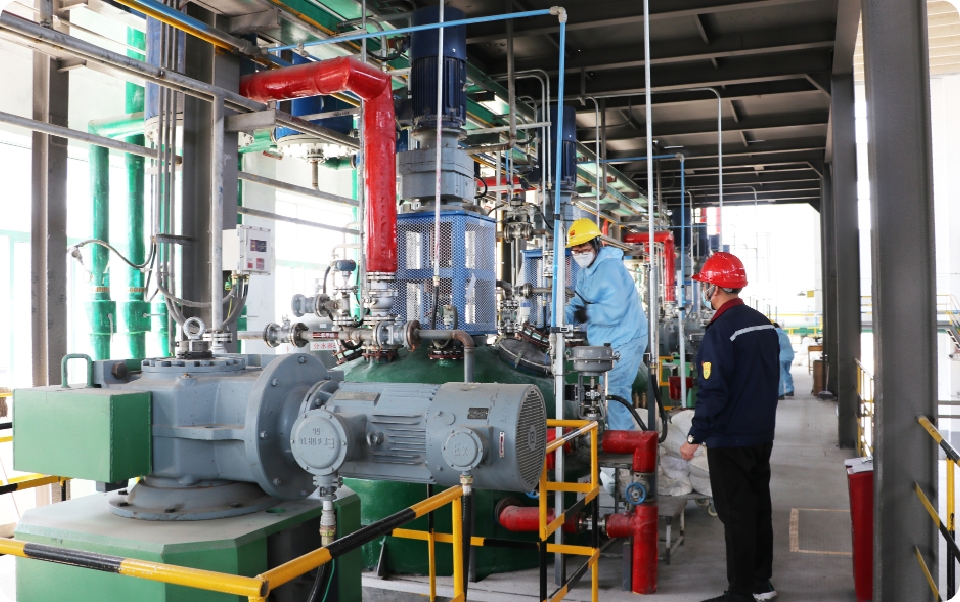Why brominated SBS environmental friendly flame retardant becomes the green future of thermal insulation materials
- Date:2022
- Browse:460
Flame retardant (FR) can slow down the fire spread of expanded polystyrene (EPS) and extruded polystyrene (XPS) foam for building insulation, protect life and property safety, and meet the building and fire safety codes and standards. For a long time, building foam insulation materials mainly use hexabromocyclododecane (HBCD) as brominated flame retardant. However, due to concerns about its toxicity, HBCD has attracted close attention for many years. As described below, several studies have shown that HBCD has not only environmental persistence and bioaccumulation, but also reproductive toxicity, hepatotoxicity and thyroid toxicity. Today, HBCD is recognized as a persistent, bioaccumulative and toxic (PBT) substance. It is classified as a substance of high concern (SVHC) in the EU regulation on registration, evaluation, authorization and restriction of chemicals (reach), and it is also listed as a persistent organic pollutant (POP) in the Stockholm Convention (UNEP, 2013). At present, the use of HBCD has been restricted or prohibited in many countries and regions.

The low hazard of brominated SBS is mainly because the product is a macromolecular polymer, while other flame retardants on the market are small molecular substances. The molecular weight of brominated SBS is more than 60000g / mol, so it can not pass through the cell membrane, so it can not be absorbed by the biological system, which makes its toxicity and potential bioaccumulation itself low, which provides a unique advantage for brominated SBS.
- Prev:Main components of calcium bromide
- Next:no more
-
Methyl octabromo ether masterbatch instead of hexabromocyclododecane Masterbatch
2022-04-26 -
Why brominated SBS environmental friendly flame retardant becomes the green future of thermal insulation materials
2022-04-08 -
Brief introduction of bromine flame retardants
2022-04-02 -
Dongxin flame retardant project with an annual output of 10000 tons of methyl octabromo ether and brominated SBS: new materials will replace imported products, and the market prospect is broad
2022-03-26 -
Letter of commitment of Shandong Dongxin New Material Technology Co., Ltd
2021-09-22 -
Letter of commitment of Shandong Dongxin New Material Technology Co., Ltd
2021-08-26

 中文
中文